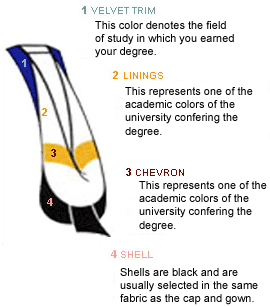Tools of a Geographer
Someone left an anonymous comment asking what tools I use as a Geographer. This comes at a great time since I just discussed this with my class last week. I’ve written a little about the Ways of the Geographer and also what Geographers do . I’ve also put together a baby Treatise of Geography and reworked a classic Primer on Fieldwork . And that’s where I’d start: fieldwork. IMHO fieldwork of any kind is THE Geographer’s tool. Describing the earth requires being IN it...and fieldwork makes that happen. But, if I had to list more conventional tools, first on my list would be my field journal/notebook. This serves to record everything I do, observe, and analyze in the field. Second would be my digital camera—to capture those phenomena I am observing and analyzing. After those, more specialized tools might appear in my cache based on what I intend to study. Depending on the situation (“human” or “physical”), I might use any or all of: passport, GPS unit, clinometer (to measure slope and
